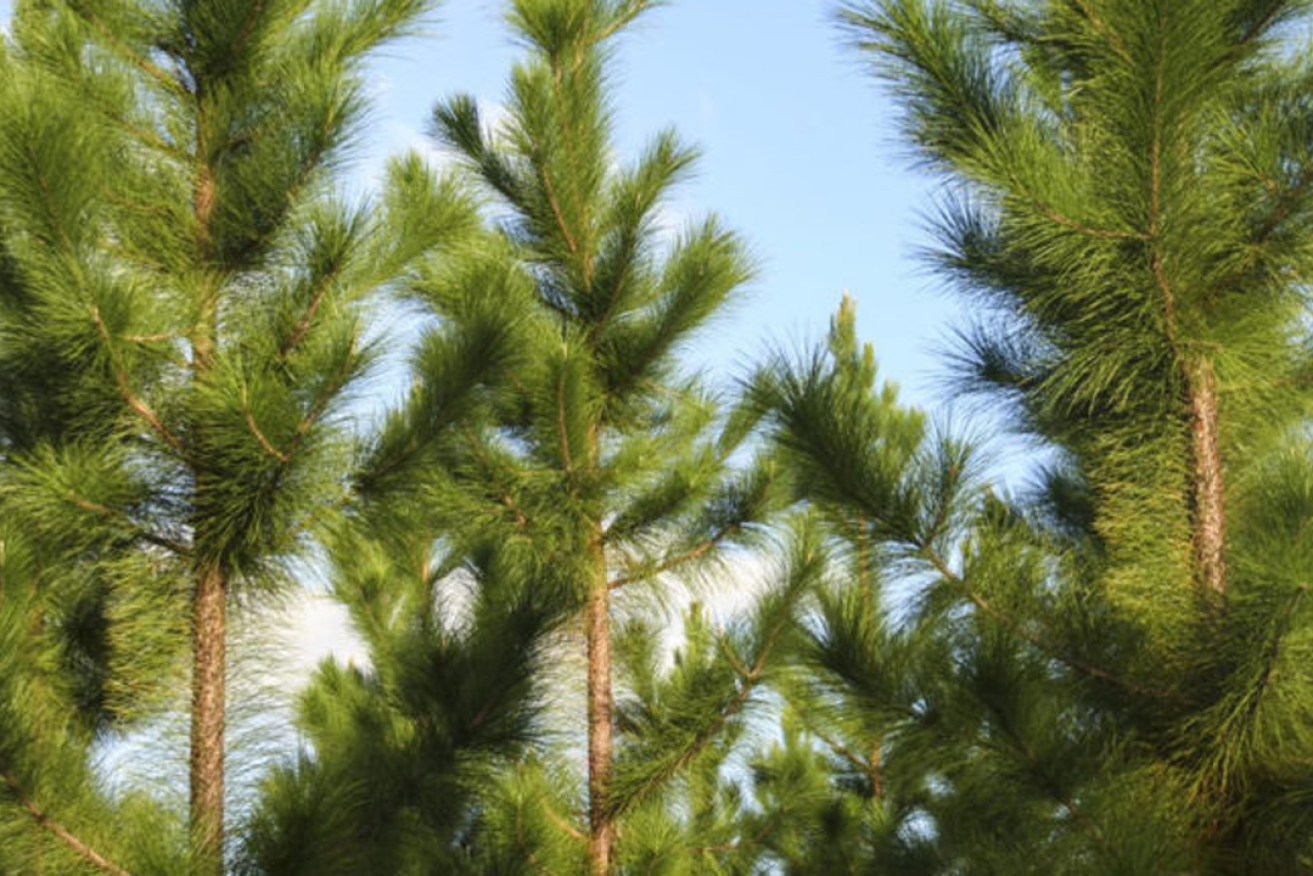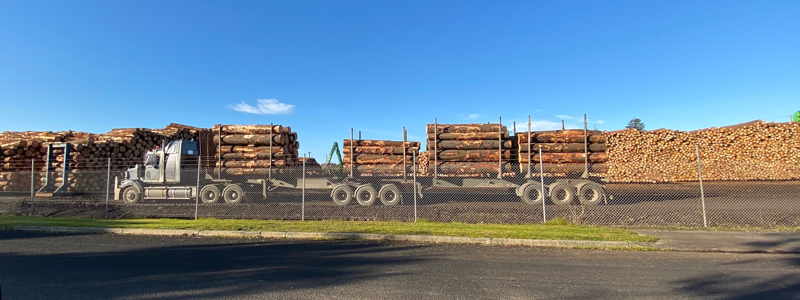Forestry industry launches bid for 50 million trees
The state’s forestry industry is calling on the major political parties to commit to planting 50 million trees to replenish South Australia’s estate and support regional economies ahead of the March state election.


Launched this week, the South Australian Forest Products Association policy platform says the trees need to be planted from 2022-26 to address a “once-in-a-generation” timber shortage in the state.
The peak body representing the entire forest products value chain in South Australia says the forestry estate in the state’s South East has been reduced by about 30,000 hectares and combined with almost 20,000ha on Kangaroo Island will lead to a shortfall of almost 20 million trees “that could build homes and store carbon”.
“There is an opportunity to reverse the contraction of the plantation estate and promote expansion,” SAFPA’s policy platform says.
In the past decade, changes to water policies by the previous Labor government have directly and indirectly reduced the South East’s plantations while a major bushfire on Kangaroo Island in January 2020 impacted 95 per cent of Kangaroo Island Plantation Timber’s stocks, prompting the listed company to move out of the industry altogether.
Since the coronavirus pandemic, the industry has also faced a huge demand spike for structural timber to build houses, leading to price hikes and delays.
SAFPA CEO Nathan Paine said the election policy platform called on the state’s political parties to back the planting of 50 million trees to ensure the state’s industries had access to cheap, environmentally sustainable structural timber for decades to come.
“South Australia’s forest products industry has underpinned the state’s growth since the 1800s but with a looming, long-term global fibre shortage, we need our political parties to sign up to a unity ticket of getting more trees in the ground to not just protect the 18,000 people directly and indirectly employed in the industry but also ensure future generations have access to cheap, affordable and green housing into the future” he said.
“The global COVID pandemic has shown us the fragility of global supply chains and the importance of ensuring sovereign capability in critical supply chains and fibre is one of those.

“We are now five minutes to midnight and can wait no longer to get more trees in the ground to protect our fibre needs into the future.
“Our policy platform identifies the problems facing the industry and sets out clear and tangible solutions that can be delivered to ensure the long-term growth of the industry into the future and we look to working across the chamber to secure broad bipartisan support for our solutions.”
According to SAFPA, forestry and forest products industries directly contribute more than $3 billion to the South Australian economy each year, employing more than 18,000 South Australians directly and indirectly.
It also produces 35 per cent of Australia’s housing timber, 25 per cent of the nation’s particleboard, 48 per cent of Australia’s fibre for packaging and 60 per cent of the nation’s agricultural timbers.
“The 2022 State election is a once-in-a-generation opportunity for the next State Government to stand up for regional jobs, to grow domestic manufacturing by supporting South Australia’s sustainable, renewable forest industries and to deliver real and meaningful steps to reduce our carbon footprint,” Paine wrote in the policy document.
“The current construction material supply issue is a signal that we will face periods without timber construction supplies if the estate does not grow to meet new demand.
“The good news is it’s not too late to reverse this trend, and we know what needs to be done. But we need action now.”
South Australia’s forestry industry dates back to 1875 when the first trees were planted at Bundaleer in the state’s Mid North, followed by Wirrabara and Mount Gambier.
They are believed to be among the earliest timber plantations in the Southern Hemisphere.
The state’s plantation estate is about 170,000 hectares, representing about 12 per cent of softwood (Pinus radiata) and five per cent of hardwood (mainly Eucalyptus globulus) plantations in Australia.
It takes about 28 years to grow a Pinus radiata tree to the point where it can be harvested for structural timber.




